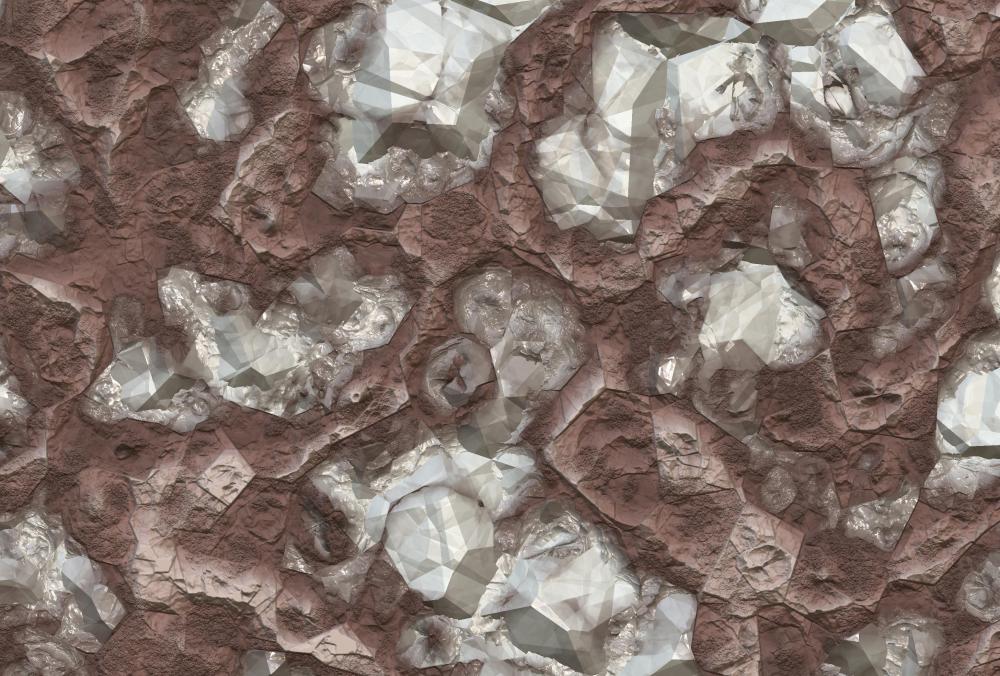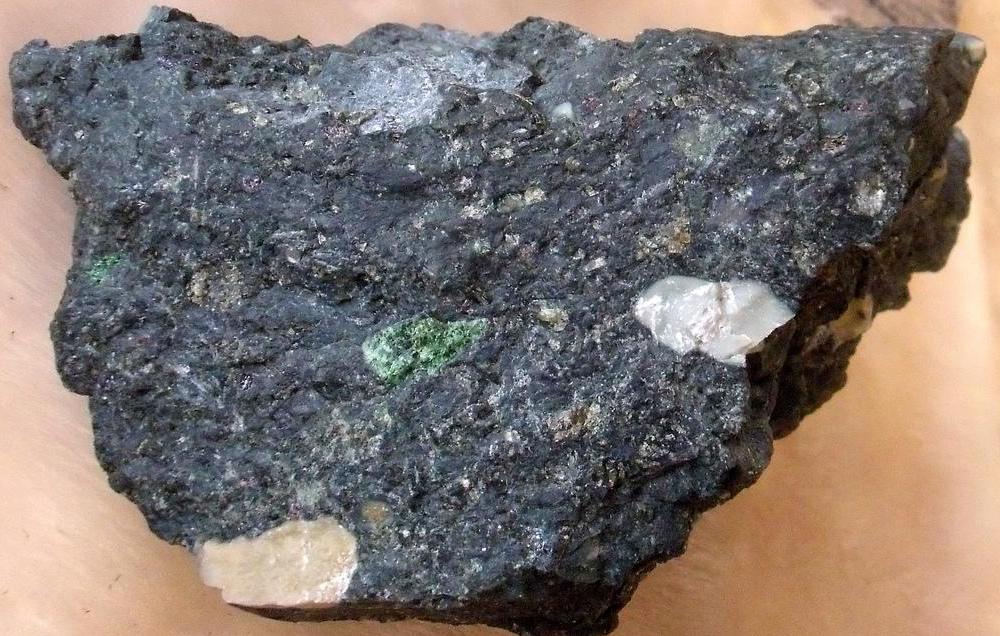What Is a Volcanic Pipe?
A volcanic pipe is the channel bored through the earth's crust that allows molten material from a magma chamber deep below the surface to travel up and out during a volcanic eruption. The entryway for magma into the pipe is called a vent, which ends in the depression called a crater. Lava, cinder and ash pour and explode from the pipe and crater to form an ever-building mountain or flat sheet of volcanic rock — called cones or shields, respectively. Special kinds of inactive volcanic pipes are sought after for being rich in diamonds.
A volcanic pipe could go centuries without any lava activity. Others are regularly active, due to the edges of tectonic plates rubbing together and causing molten rock to pressurize in underground magma chambers. A pipe could also see more action if tectonic plates are being pulled apart, which causes magma from deep within the earth to rise to the surface.

The magma chamber, just below a volcanic pipe, typically forms at the earth's crust. It is fed by the molten material just below it from the upper and lower mantles. Several events can cause an eruption like an earthquake, gaseous pressure in the magma chamber, or an influx of magma from tectonic activity. The chance of having a calamitous an eruption is increased as the amount of gas or liquid that is mixed in the molten rock rises.

Though most volcanoes form into a shield, cinder cone or giant composite volcano like Mt. Fuji in Japan, another rarer type is actually called a volcanic pipe. These prehistoric pipes carry diamond-containing, carbon-based rocks called kimberlite or lamproite from deep within the earth, via magma, to a level where the rocks are cooled. It takes between 1,000,000,000 to 3,000,000,000 years for a diamond to form.

A main vent of a volcano can result in a main volcanic pipe and secondary pipes as well. These pipes create small, secondary cones like bumps on a larger volcanic mountain. Once these pipes have been inactive for many years, they will erode and allow for diamond exploration.
African nations like South Africa, Angola, Botswana, Zimbabwe and Tanzania boast the most diamond mines than any other continent. The United States and Canada are not far behind, with Canada still digging for diamonds at six active mines as of 2012. Other nations like Australia, India and Russia also contain a handful of mines that as of 2012 still yield these precious gemstones.
AS FEATURED ON:
AS FEATURED ON:













Discuss this Article
Post your comments